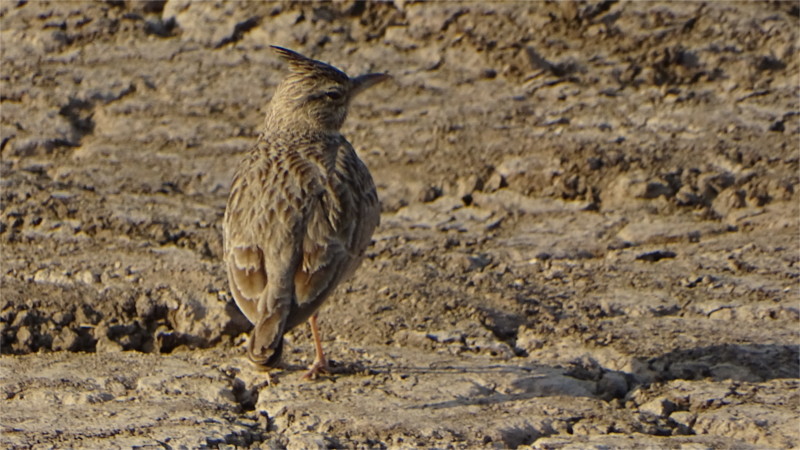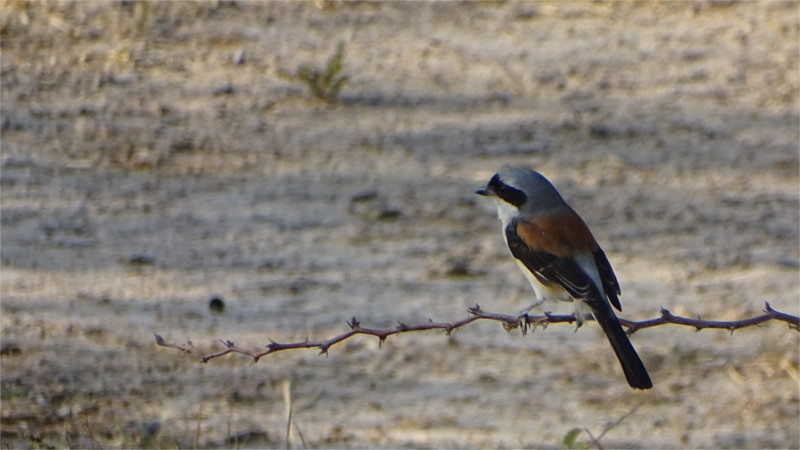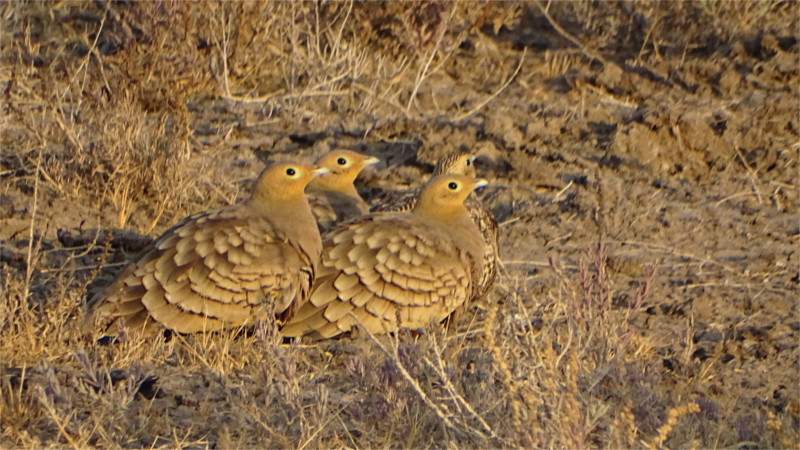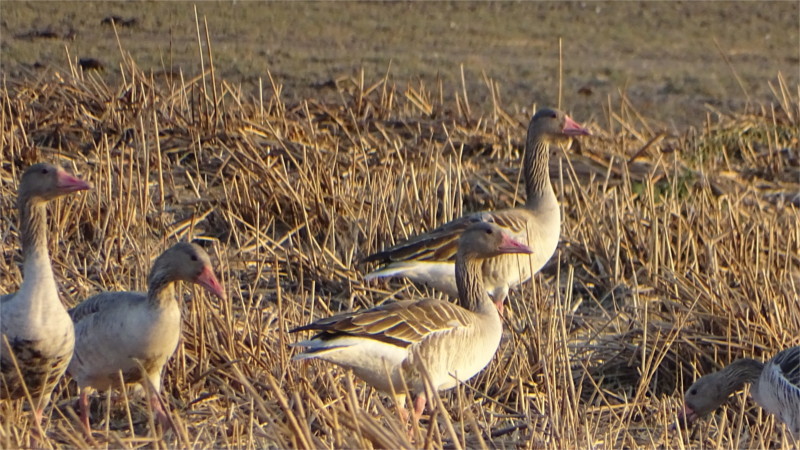You can tell that I’m a pretty amateurish birdwatcher because I can’t yet look at a bird in passing and ask “Which wheatear was that?” I have to look carefully at birds like this before I can say that it is a desert wheatear (Oenanthe deserti). Then I have to look carefully again and again at the quite differently coloured bird below, and ask The Family “Is that a female of the desert wheatear?” That’s why I’m quite in awe of the great field ornithologists like Salim Ali and Evigeniy Panov who could reputedly identify birds that flew across the periphery of their vision.
Entirely through behaviour and ecology, Panov argued that the blackstarts (genus Cercomela) and wheatears (genus Oenanthe) are related. Along broad lines his hypothesis was proven correct by molecular methods, although he continues to dispute the details. Genetic studies depend a lot on which genes are sampled, and a true picture emerges only when many genes are studied together, and Panov may perhaps yet turn out to be correct even in some of the smaller details. In any case, his observations seem to be driving much of the more recent work on the evolution of chats and wheatears.
The female is hard to spot. Panov tells us why this should be expected. Desert wheatears are opportunistic nesters. They nest in the mouths of holes dug by rats and Jirds when possible, in any other cover which is available, and even in open ground if no cover can be found. The female incubates the egg entirely without help from the male. Since this can be entirely exposed, it is useful to have colours which help her to fade into the background. Even in the photo above, she does not stand out. Before you mentally label the father as an useless pig, remember that mammalian mothers have to incubate their fertilized eggs with absolutely no help from fathers. At least some species among our theropod dinosaur cousins, the birds, have distributed the job better. I’ve learnt one trick from Panov for distinguishing it from the female of the Isabelline wheatear: look for a rapidly wagging tail with changes in rhythm.








